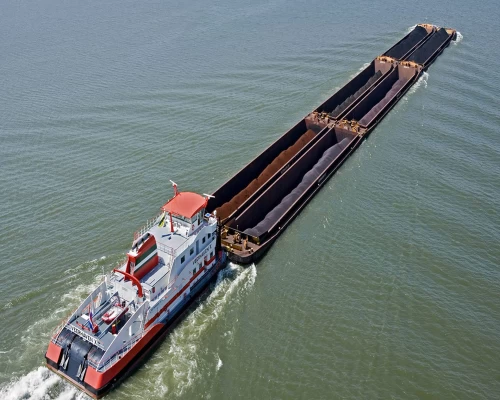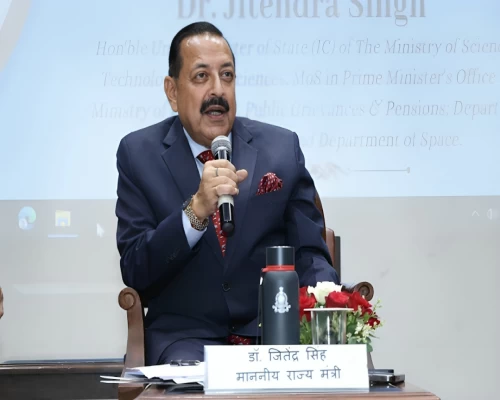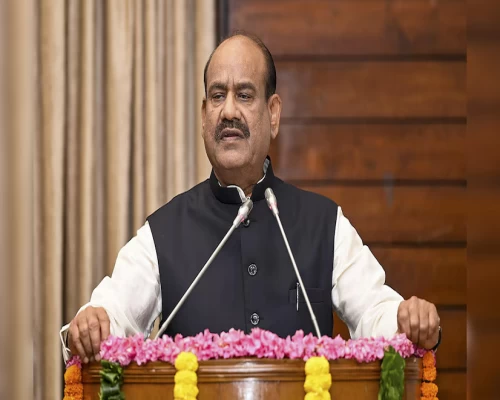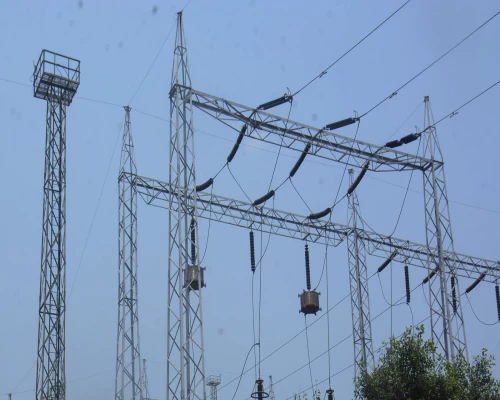
Thiruvananthapuram: India’s maritime ambitions have sclimbed up with the commissioning of the Vizhinjam International Seaport, the nation’s first deepwater transshipment hub. Inaugurated by Prime Minister Narendra Modi, this landmark infrastructure aims to transform India into a global shipping hub while slashing logistical costs. Developed at a cost of Rs 8,900 crore under a public-private partnership, the port showcases seamless collaboration, with the Adani Group managing operations and the Kerala government holding the majority stake.
Strategically positioned near international shipping routes, Vizhinjam boasts a natural depth of 20 meters, allowing it to accommodate the world’s largest cargo vessels without dredging. This advantage, paired with minimal coastal sand movement, cuts maintenance costs and environmental impact. Its connectivity, only 2 km from a highway, 12 km from a railway, and 15 km from an airport, ensures efficient cargo distribution across India. The port’s capability was proven when it docked MSC Türkiye, a massive vessel carrying over 24,000 containers, marking a historic first for India.
The Vizhinjam project tackles India’s long-standing reliance on foreign ports like Colombo and Singapore, where 75% of its transshipment cargo was previously routed. This shift is set to save domestic traders millions annually by reducing transit times and extra costs of $80-$100 per container. Beyond economics, it bolsters India’s self-reliance in maritime logistics, mitigating risks from geopolitical disruptions, a success driven by the synergy of visionary governance and private-sector expertise.
Looking ahead, Vizhinjam sets a precedent for India’s maritime future, with plans to expand its capacity from 1 million to over 7 million containers annually. As other deepwater projects, like Vadhvan and Great Nicobar, take shape, Vizhinjam’s commissioning signals India’s rise as a maritime powerhouse. This strategic infrastructure not only enhances global trade competitiveness but also highlights the power of partnerships in fueling national development.
BI Bureu












